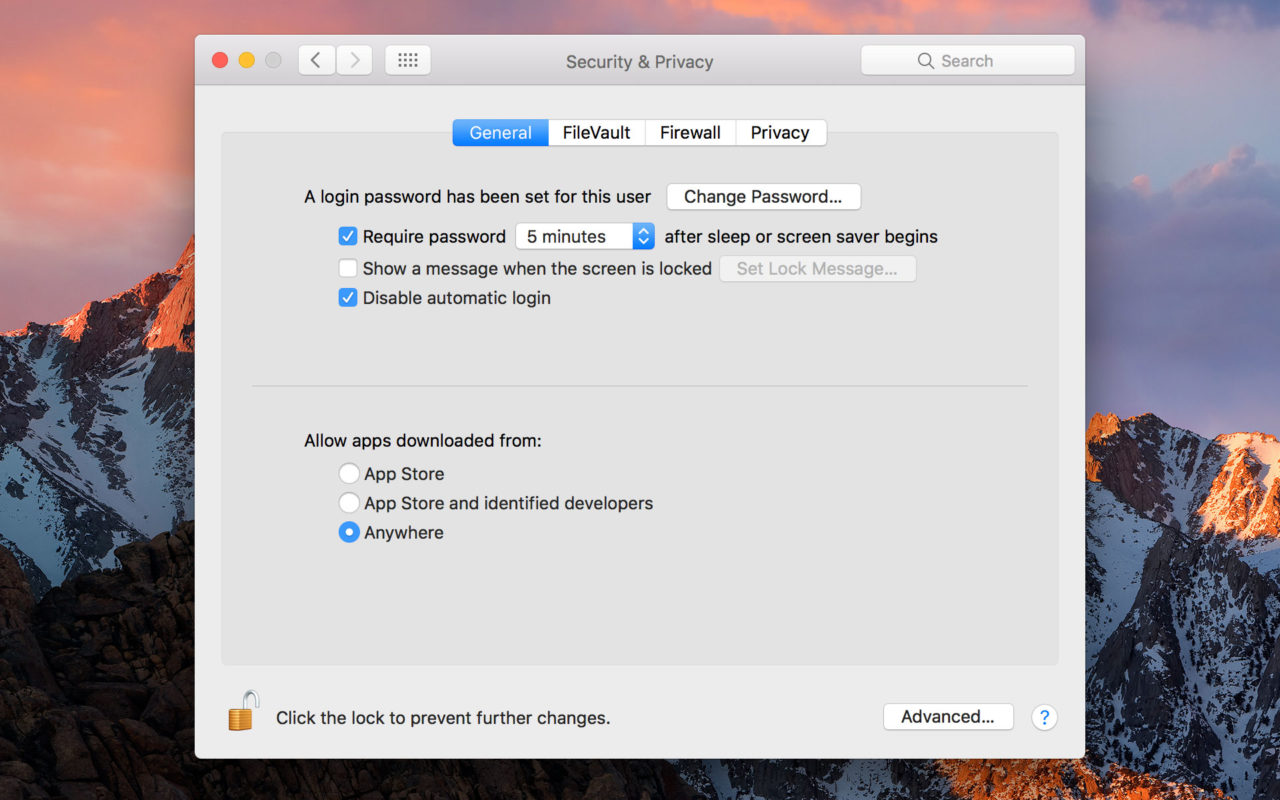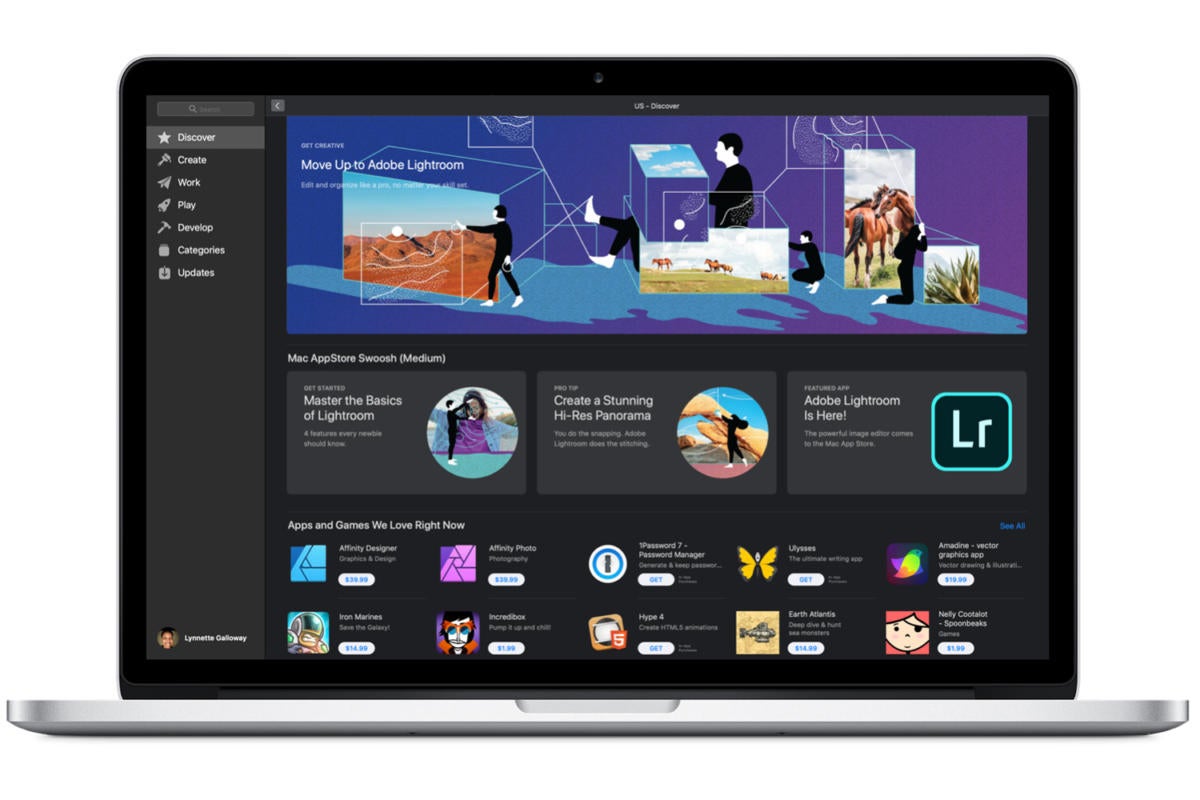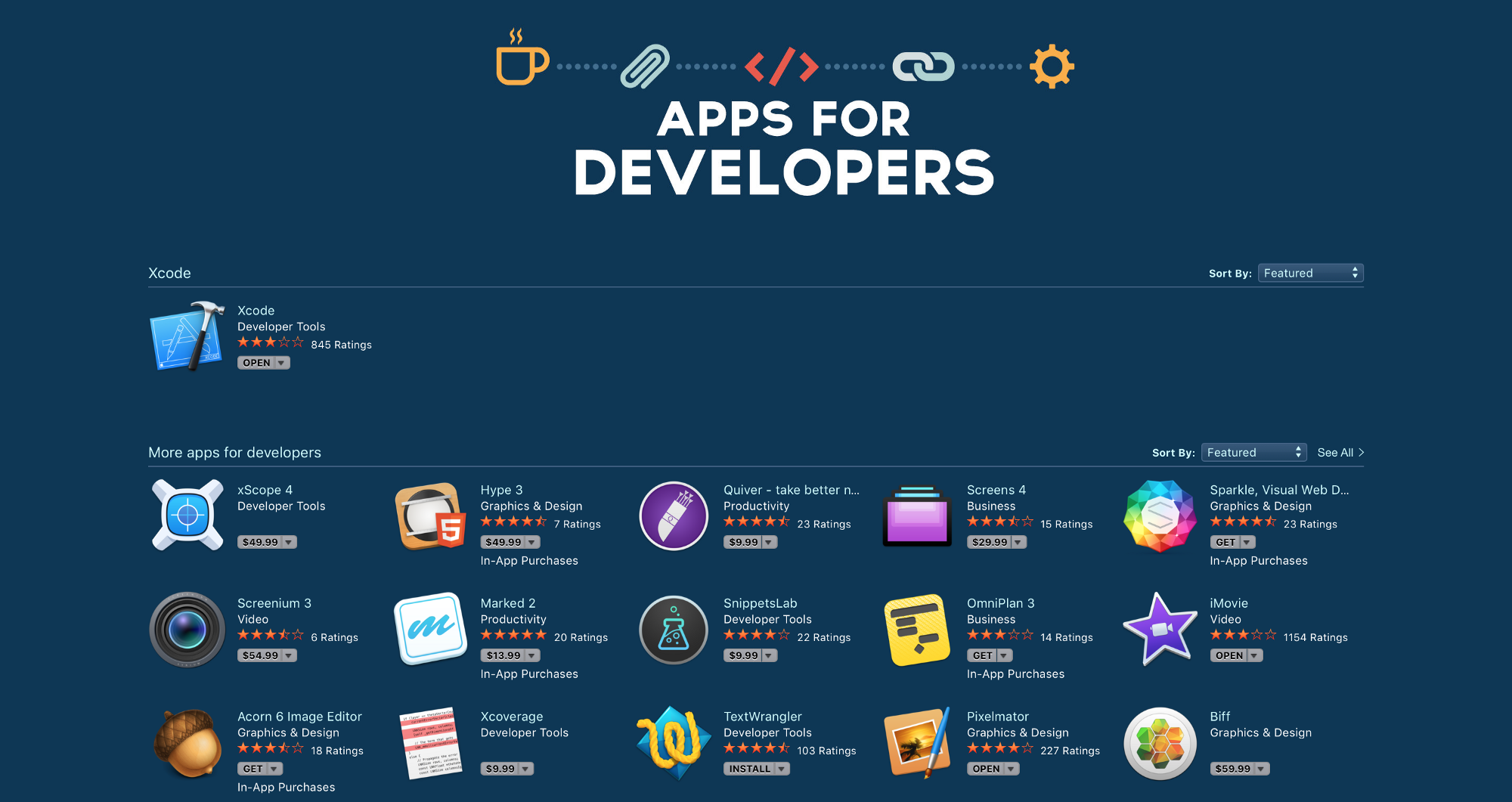- Apps For Developers Mac Pro
- Must Have Apps For Developers Mac
- Mac Apps For Web Developers
- Apps For Developers Mac Download
- Free Apps For Developers Macbook
Developers can start building apps today and first system ships by year’s end, beginning a two-year transition


Some of the most popular Mac apps in the world of developers are listed here. Setapp provides you full access to these apps for a fraction of what each app costs to install and use individually. Marked: This native Mac OS app is a powerful Markdown previewer that works with all the major markup languages. 1 day ago App Store Connect is used by developers for iOS app management. It provides info on app statuses, offers data on app performance and sales, and lets developers access and respond to reviews. While the Mac is a little more open than iOS - the only way to get third party apps onto your iPhone and iPad is to download them from the iOS App Store - there are still a lot of hoops to jump. Thank you for checking out my course:) 'The Complete MacOS Developer Course' will help you conquer the programming world of the Mac.This course is for both those with an iOS background and those who are complete beginners. This course dives right into the specific tools you need to make MacOS apps. Powerful Mac apps that won't break the bank. There’s something of a misconception when it comes.

Family of Mac SoCs to Deliver Powerful New Features and Best-in-Class Performance
macOS Big Sur Enables Transition to Apple Silicon
Quick Start Program Lets Developers Get Started Today
Apps For Developers Mac Pro
Images of Developer Software
Press Contacts
Jennie Orphanopoulos
Apple
(408) 221-6621
Apple Media Helpline

Must Have Apps For Developers Mac
(408) 974-2042
The safest place to get apps for your Mac is the App Store. Apple reviews each app in the App Store before it’s accepted and signs it to ensure that it hasn’t been tampered with or altered. If there’s ever a problem with an app, Apple can quickly remove it from the store.
If you download and install apps from the internet or directly from a developer, macOS continues to protect your Mac. When you install Mac apps, plug-ins, and installer packages from outside the App Store, macOS checks the Developer ID signature to verify that the software is from an identified developer and that it has not been altered. By default, macOS Catalina also requires software to be notarized, so you can be confident that the software you run on your Mac doesn't contain known malware. Before opening downloaded software for the first time, macOS requests your approval to make sure you aren’t misled into running software you didn’t expect.
Running software that hasn’t been signed and notarized may expose your computer and personal information to malware that can harm your Mac or compromise your privacy.
View the app security settings on your Mac
Mac Apps For Web Developers
By default, the security and privacy preferences of your Mac are set to allow apps from the App Store and identified developers. For additional security, you can chose to allow only apps from the App Store.
In System Preferences, click Security & Privacy, then click General. Click the lock and enter your password to make changes. Select App Store under the header “Allow apps downloaded from.”
Open a developer-signed or notarized app
If your Mac is set to allow apps from the App Store and identified developers, the first time that you launch a new app, your Mac asks if you’re sure you want to open it.
An app that has been notarized by Apple indicates that Apple checked it for malicious software and none was detected:
Prior to macOS Catalina, opening an app that hasn't been notarized shows a yellow warning icon and asks if you're sure you want to open it:
If you see a warning message and can’t install an app
If you have set your Mac to allow apps only from the App Store and you try to install an app from elsewhere, your Mac will say that the app can't be opened because it was not downloaded from the App Store.*
If your Mac is set to allow apps from the App Store and identified developers, and you try to install an app that isn’t signed by an identified developer or—in macOS Catalina—notarized by Apple, you also see a warning that the app cannot be opened.
If you see this warning, it means that the app was not notarized, and Apple could not scan the app for known malicious software.
You may want to look for an updated version of the app in the App Store or look for an alternative app.
If macOS detects a malicious app
If macOS detects that an app has malicious content, it will notify you when you try to open it and ask you to move it to the Trash.
How to open an app that hasn’t been notarized or is from an unidentified developer
Running software that hasn’t been signed and notarized may expose your computer and personal information to malware that can harm your Mac or compromise your privacy. If you’re certain that an app you want to install is from a trustworthy source and hasn’t been tampered with, you can temporarily override your Mac security settings to open it.
In macOS Catalina and macOS Mojave, when an app fails to install because it hasn’t been notarized or is from an unidentified developer, it will appear in System Preferences > Security & Privacy, under the General tab. Click Open Anyway to confirm your intent to open or install the app.
The warning prompt reappears, and you can click Open.*
The app is now saved as an exception to your security settings, and you can open it in the future by double-clicking it, just as you can any authorized app.
Apps For Developers Mac Download
Free Apps For Developers Macbook
*If you're prompted to open Finder: control-click the app in Finder, choose Open from the menu, and then click Open in the dialog that appears. Enter your admin name and password to open the app.